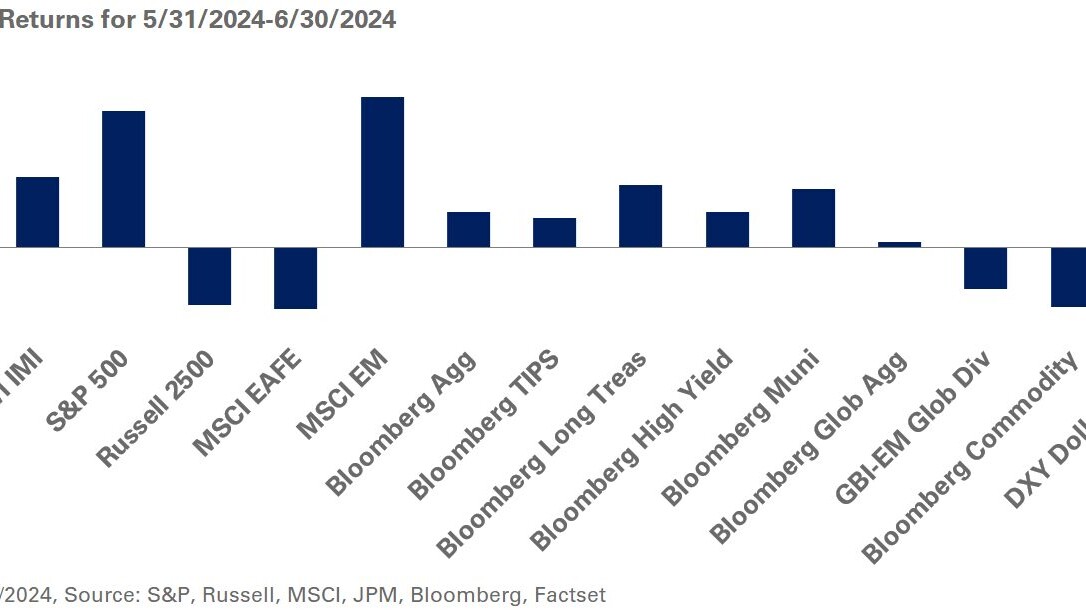In this first installment of a three-part series on transferring risk from defined benefit pension plans, we highlight the different approaches to these complex but increasingly popular transactions.
Rising costs and regulatory complexities have motivated many corporate plan sponsors to scale back on pension plans – once the most popular retirement benefit offered to employees.
As a result, defined benefit plan providers are increasingly looking at ways through which they can remove or transfer some or all of their pension plan’s risk, that is, their pension liabilities, to plan participants or a third party or a combination of the two. For companies, offloading these liabilities reduces the pension plan’s footprint on their balance sheet, while also lowering risk around interest rates, asset-liability mismatch and funding requirements.
At NEPC, we provide advice on pension risk transfers and the long-term implications for the ongoing plan. We collaborate extensively with companies settling their pension liabilities and believe a successful transfer of pension risk calls for collaboration between the plan sponsor, the investment managers, consultants, ERISA counsel, custodians and actuaries. These highly nuanced and intricate transactions typically take several months to complete and involve multiple steps requiring precise planning and execution.
PENSION TRANSFER RISK STRATEGIES
There is a range of different strategies to mitigate and/or transfer pension risk. These include curtailing the growth of liabilities, risk management approaches such as Liability Driven Investing (LDI), and shrinking liabilities through lump¬-sum cash outs or annuity purchases and potentially exiting the pension business.
To be sure, some options may not apply or be practical to all the participants in the plan due to, for instance, regulations or unfavorable economics. We recommend plan sponsors understand the economics of their liabilities when evaluating options to transfer pension risk. Conducting a feasibility study will shine a light on important implications such as settlement accounting, short- and long-term costs, and the impact on the remaining assets and liabilities.
A plan typically has three cohorts of participants: actives, terminated vested (TV), and retirees. Terminated vested and retiree participants are generally targeted in pension risk transfers. Below, we highlight current options to transfer pension risk and the suitable cohort for each.

1. LUMP-SUM OFFER
Lump-sum offers have been the low-hanging fruit that plan sponsors have used to transfer retirement liability risk to participants since a change in the valuation methodology under the Internal Revenue Code (IRC) Section 417 (e) in 2012. Lump-sum windows have been provided mostly to TV participants with a value below a certain threshold to remove them from the plan.
While retirees are also currently permitted to receive lump-sum offers, the Internal Revenue Service has historically changed its stance depending on which administration is in office. In general, lump-sum offers to retirees have been less popular because of anti-selection reasons with the thought that retired participants have sufficient knowledge of their life expectancy and can make choices that are more financially advantageous for them at the cost of the plan.
Once a plan sponsor decides to provide a lump-sum window, there is a stabilization period that locks the value of the lump sums, typically for that plan year. Depending on the interest rate environment, the lump-sum value could be priced at a discount or premium relative to the carrying cost of the liability. As a result of this potential arbitrage in pricing, certain years can be attractive for a plan sponsor to provide lump-sum windows.
Eligible participants can elect to receive the lump sum or remain in the plan and receive annuity payments when they retire. The lump-sum distribution can be rolled over into a qualified plan or received as cash. Proceeds rolled over into a qualified plan are not subject to immediate tax implications; however, cash distributions may have potential tax penalties. Once a plan sponsor has decided to provide a lump-sum window, it is vital to understand the investment implications of the expected liability to be distributed. It is especially important to balance unknown take-up rates with the lack of interest-rate sensitivity of the lump sums ultimately elected.
2. ANNUITY BUY-IN
With an annuity buy-in, a plan sponsor purchases an irrevocable group annuity contract from an insurance company that covers specified participants. The assets and liabilities of these participants remain on the plan sponsor’s balance sheet, and the group annuity contract becomes an asset of the plan. Financial risk is transferred to the insurer, but benefits are still administered by the plan. Required administrative expenses for the plan—regulatory filings, Pension Benefit Guarantee Corporation (PBGC) premiums, actuarial valuations, legal fees and custodian fees—remain with the plan.
Given the predictability of their liabilities, the retiree population is usually targeted in this transaction since pricing tends to be more favorable and closer to the GAAP liability measure compared to TVs and Actives. A buy-in may also be used as an interim step to an eventual annuity buy-out. From an investment standpoint, the annuity buy-in contract is a rigid and illiquid asset that cannot be adjusted within the plan’s asset allocation which is often modeled as a fully immunized portfolio for the portion of liabilities covered.
3. ANNUITY BUY-OUT
An annuity buy-out involves a plan sponsor purchasing an irrevocable group annuity contract from an insurance company that covers specified participants, usually retirees. The assets and liabilities of these participants are transferred to the selected insurer and completely removed from the plan sponsor’s balance sheet, and the insurer will assume financial and administrative responsibility for the benefit payments to this group of participants.
The Insurance Commissioner of the state where each participant resides becomes the primary regulator instead of the IRS, Department of Labor (DOL) and the PBGC (as is the case for pension plans). This has been a popular option, with plan sponsors often selecting retirees with small monthly benefit payments. The typical cost to transfer this liability has been close to the GAAP liability measure for retirees. Plan sponsors go through a competitive bidding process when selecting an insurance company, using the DOL Interpretive Bulletin 95-1 guidelines to select an insurance carrier. We will explore the dynamics in the insurance market in Part II of this blog series.
Once a decision has been made to move forward with an annuity buy-out, it is important to reduce financial risks leading up to the selection of the insurer (more on this in Part III). Plan sponsors can utilize a liability-driven approach to mitigate risk since liabilities earmarked for an annuity buy-out are sensitive to changes in interest rates and credit spreads until an insurance carrier and price have been locked in.
4. LONGEVITY SWAPS
The longevity swap market in the U.S. is new and evolving. A longevity swap transfers the risk of participants living longer than expected to an insurer; typically, the focus is on retirees. The plan sponsor agrees to pay covered participants’ benefits for a preset period. If the participants live beyond the contracted age, the insurer is then responsible for the remainder of the payments. This has been a growing market in the United Kingdom, where more transactions have been recorded than in the U.S. This may be because U.K. pension schemes have generally viewed longevity as a more important risk factor than U.S. pension plans.
5. PLAN TERMINATION
Termination is the formal process of winding down a pension plan and involves a series of lump-sum offers to participants and a purchase of a group annuity contract from an insurance company, depending on plan documents. Once these transactions are completed, the risk is transferred to the participants who selected lump sums or the chosen insurance company or companies that sold annuities.
All participants are eligible for lump-sum offers when terminating a plan; however, retirees have generally been excluded under this option. Plan sponsors must communicate with participants when a decision has been made to terminate the plan and may also choose to obtain a letter of determination from the IRS. A plan termination is generally the more costly path for a pension risk transfer; it has many prescribed steps to satisfy various regulations and takes around 18 months to complete.
If your company is evaluating a pension risk transfer or if you want to better understand its potential impact on your firm’s defined benefit plan, we are available to discuss the process and implications. Our consultants are here to answer any questions you may have.



